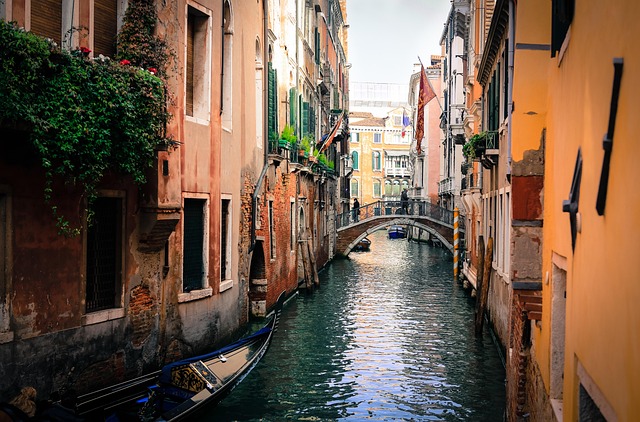
Venice Neighborhoods Guide: Exploring the Six Venetian Sestieri
Venice Neighborhoods Guide: Exploring the Six Venetian Sestieri | Tour Leader Venice Venice isn’t a city you visit — it’s

Venice Neighborhoods Guide: Exploring the Six Venetian Sestieri | Tour Leader Venice Venice isn’t a city you visit — it’s
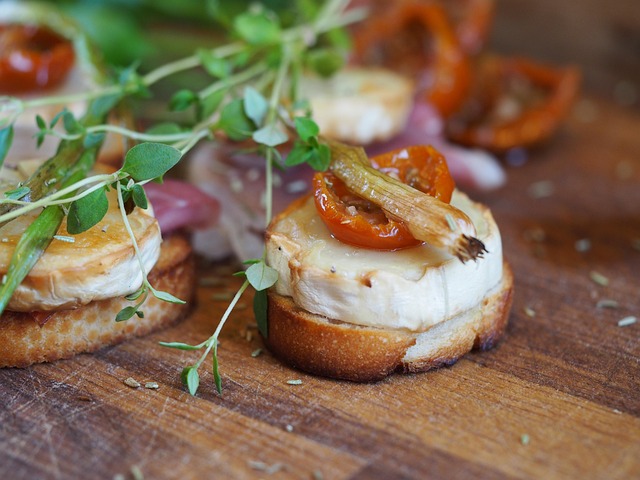
Venice Food Tour — A Journey Through Flavors, Stories, and the Soul of the Lagoon They say you can understand
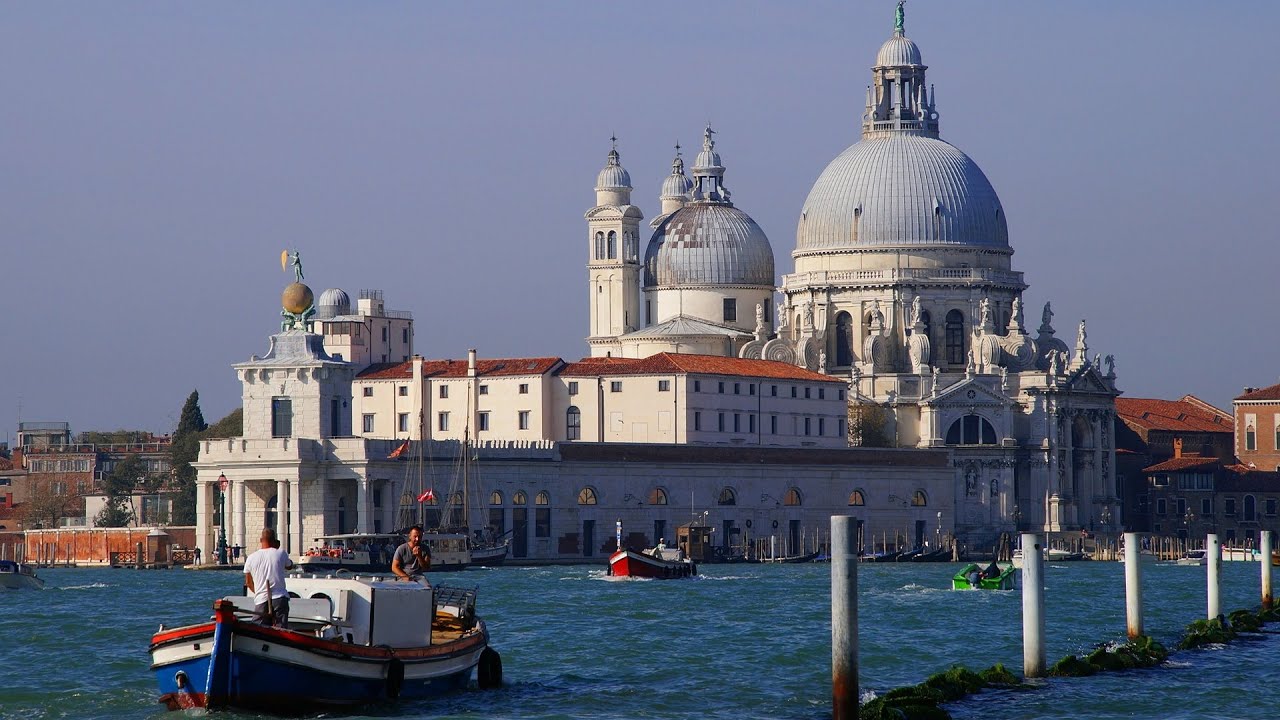
Every year on November 21, Venice awakens in silence and candlelight. Across the Grand Canal, a floating bridge connects San
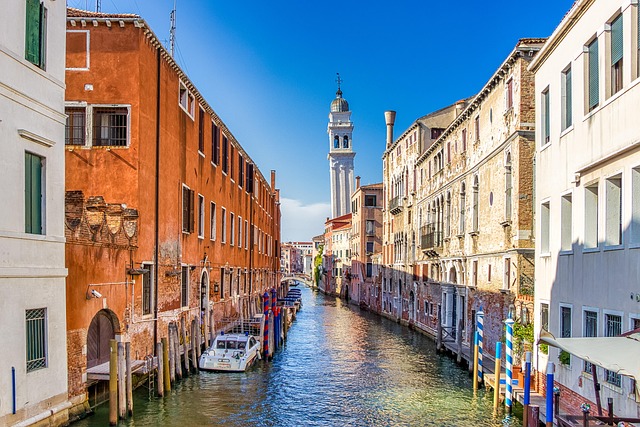
In Venice, the best secrets don’t shout. They whisper — through candlelight, conversation, and a glass of wine that tastes
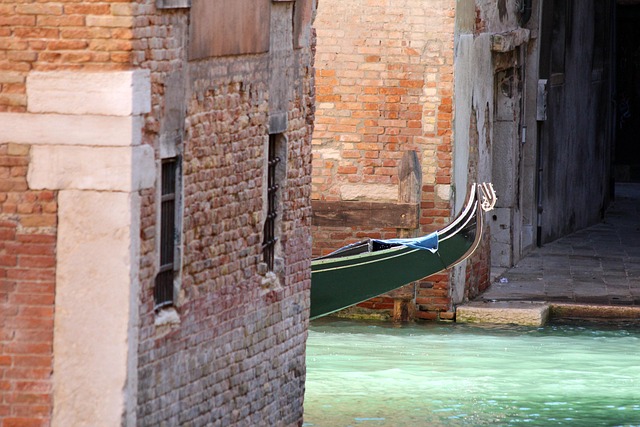
Some restaurants are created. Others are born of love — love for a city, for a sea, for a way
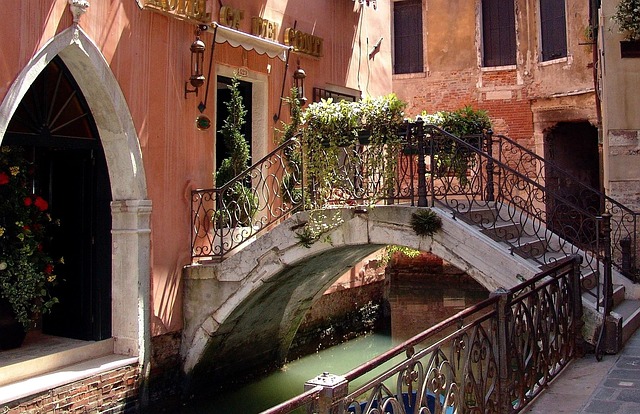
Castello Venice Guide — History, Hidden Gems & Authentic Experiences | Tour Leader Venice In a city of iconic landmarks
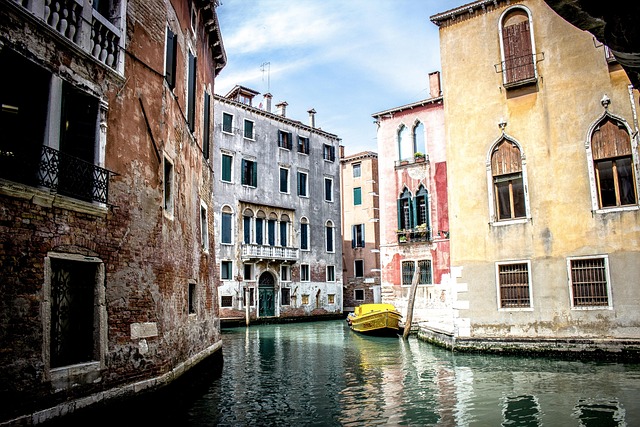
Tucked deep in the labyrinth of San Polo, just a few bridges from the Grand Canal but worlds away from

There’s a special kind of magic in walking along a Venetian canal, cone in hand, as the afternoon sun glows
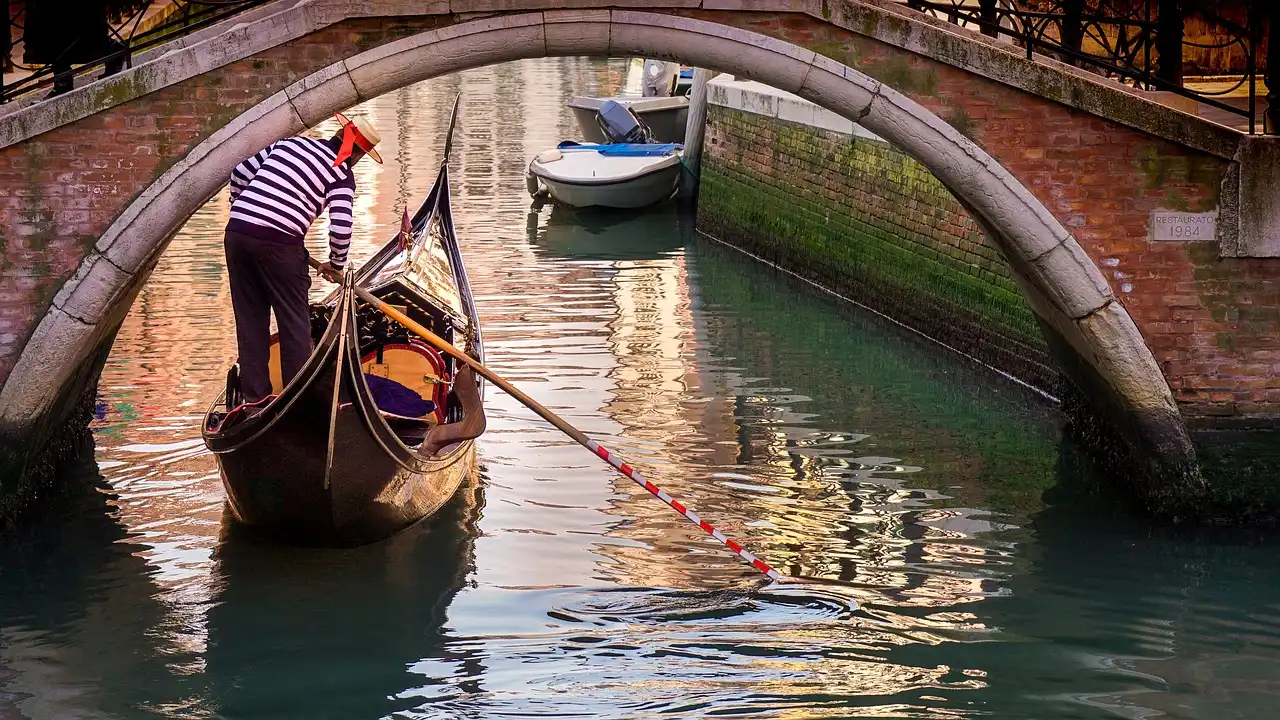
Preserving Venice’s Heritage: The Venice in Peril Fund & Why Luxury Travellers Should Care Written by Tour Leader Venice –
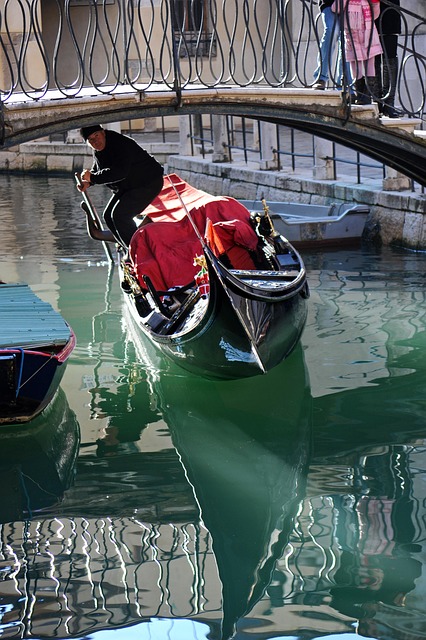
Venice Access Fee 2026 Explained: What Travelers Need to Know About the “Contributo di Accesso” Understanding the new system designed
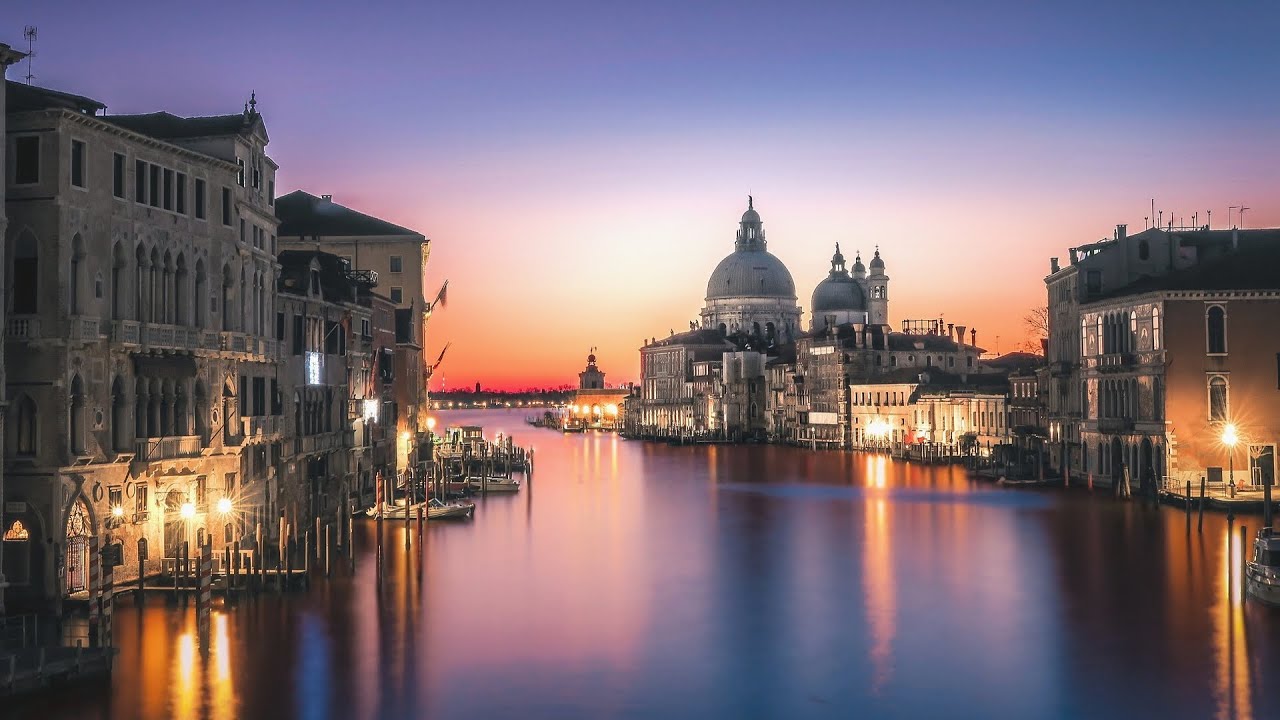
Venice is not eternal — it’s fragile, floating, and alive. Every marble façade, every mosaic, every wooden piling beneath the
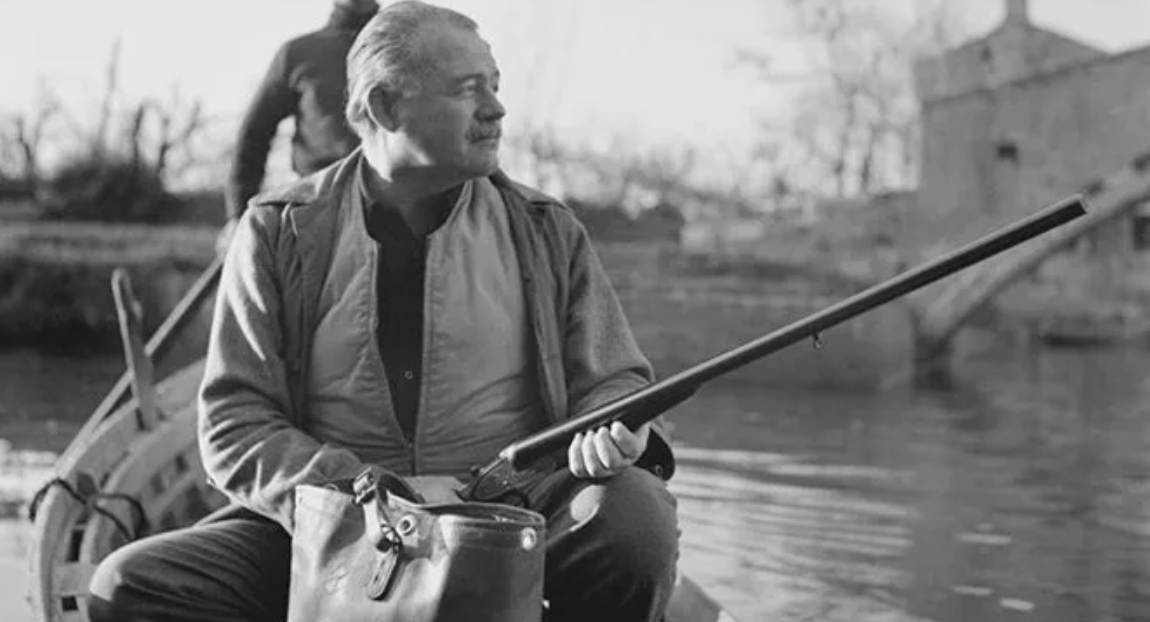
Ernest Hemingway never really left Venice. His body returned to America long ago, but his spirit — restless, romantic, and
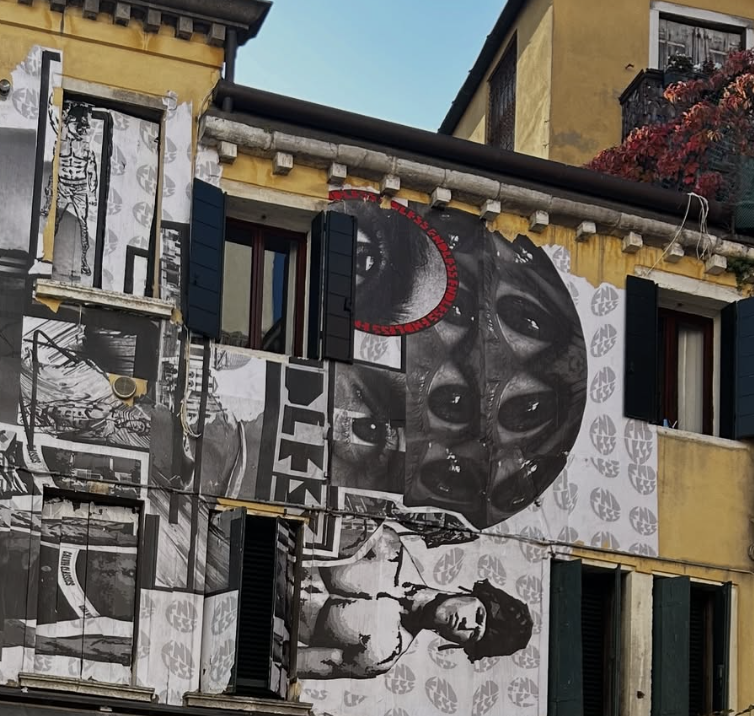
Venice has always been a masterpiece — but some masterpieces are still being painted. In a city where every wall
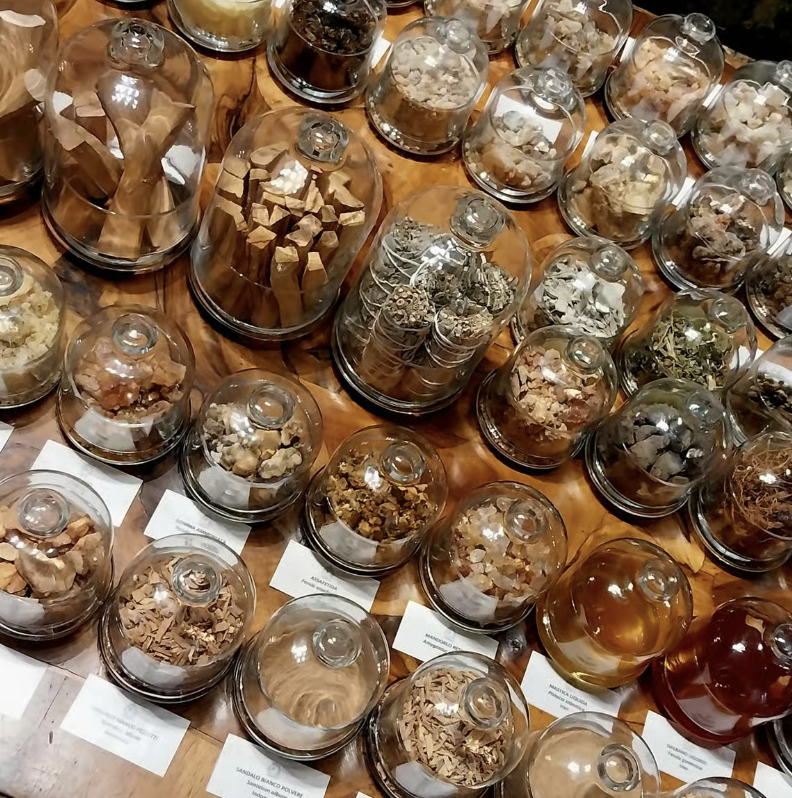
Close your eyes and imagine the scent of Venice five hundred years ago. The salt of the lagoon. The sweetness
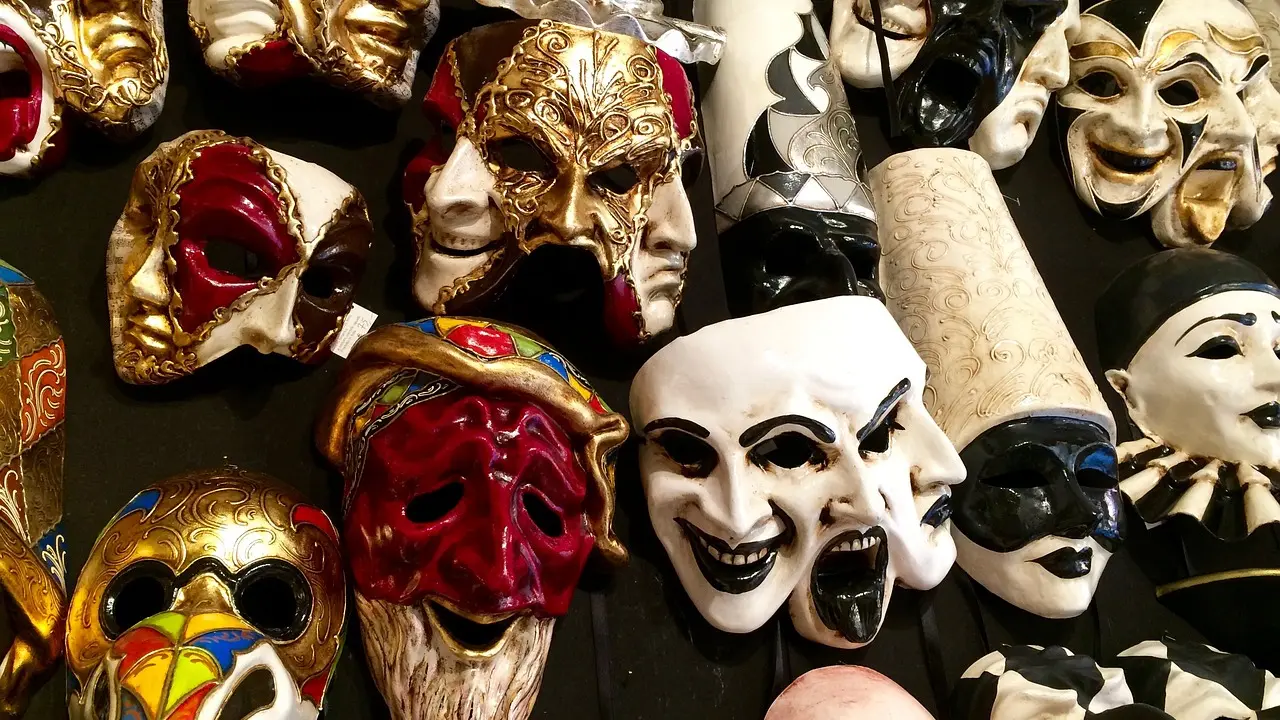
Venice has always been a city of secrets. Behind the marble façades and misty canals lies a culture built on

Venice in November 2025 — Mist, Mystery & Sacred Light November in Venice feels like a whispered poem. The crowds
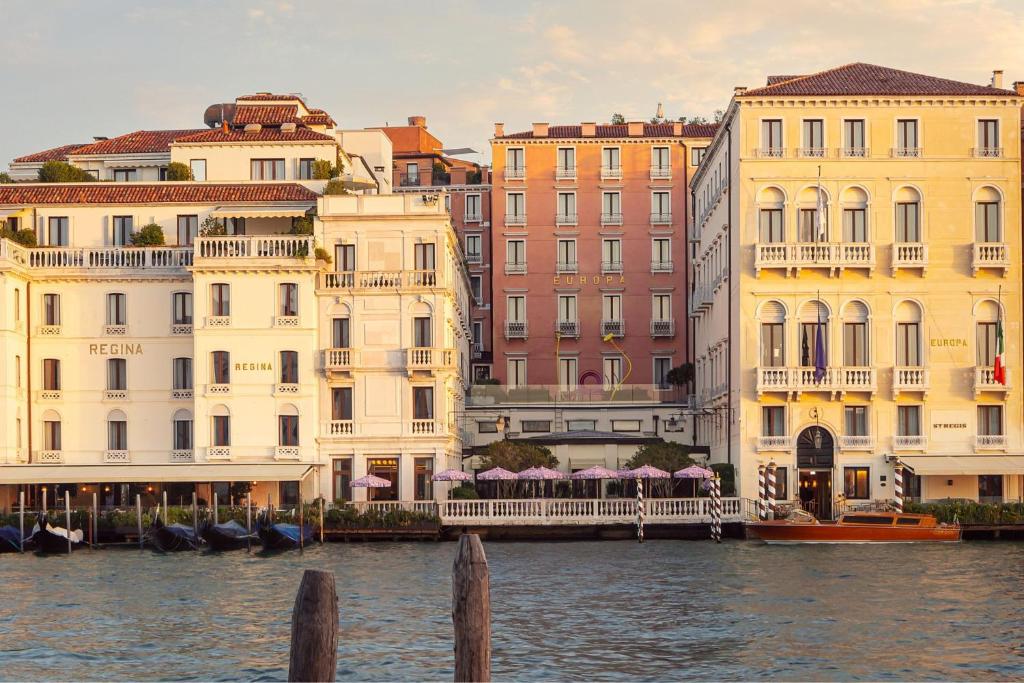
Venice has always been a dream you step into — but what if you could experience its beauty, stories, and
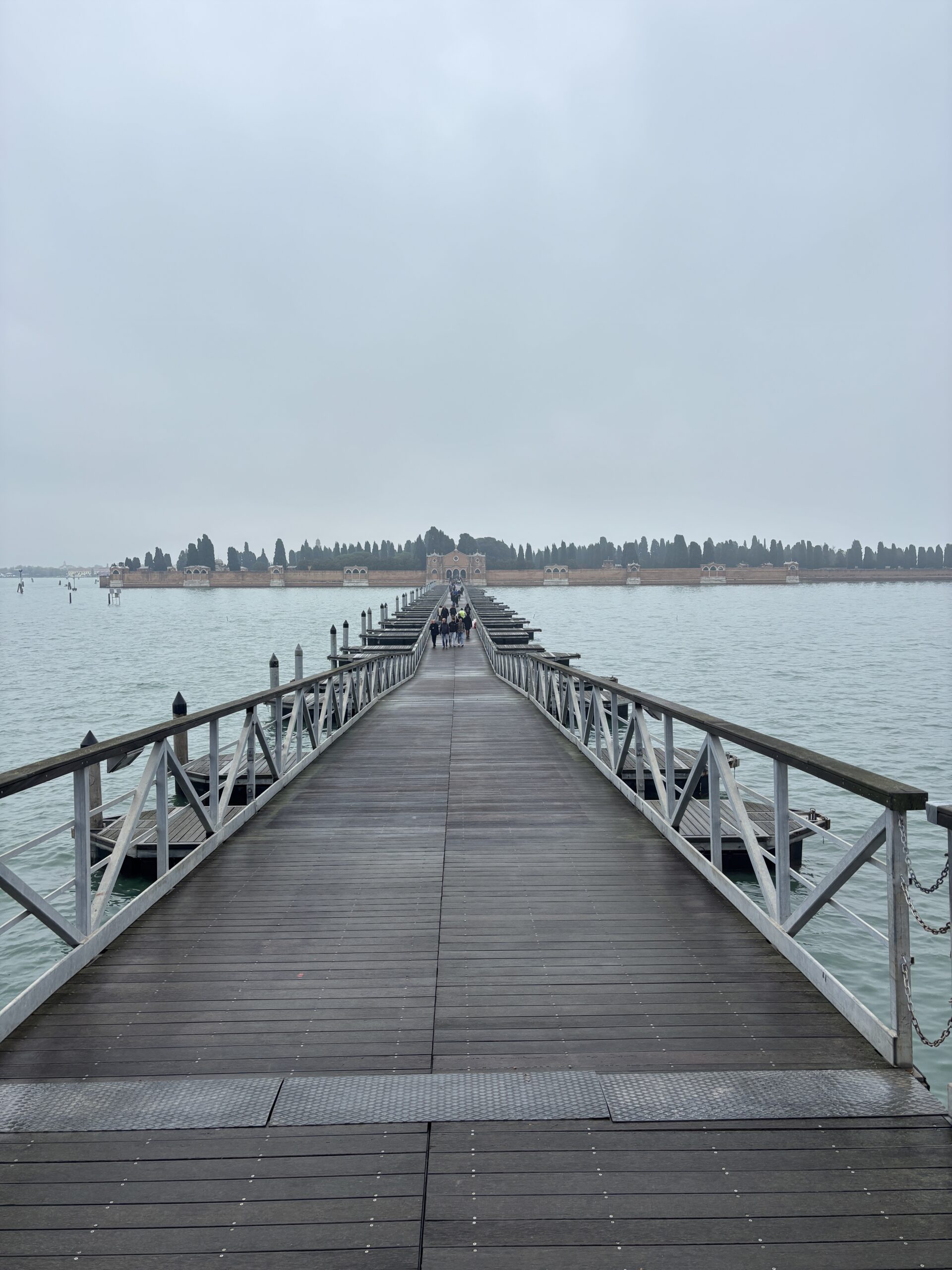
Ponte Votivo di San Michele 2025: Venice’s Bridge of Memory A temporary bridge, centuries of remembrance, and the quiet poetry
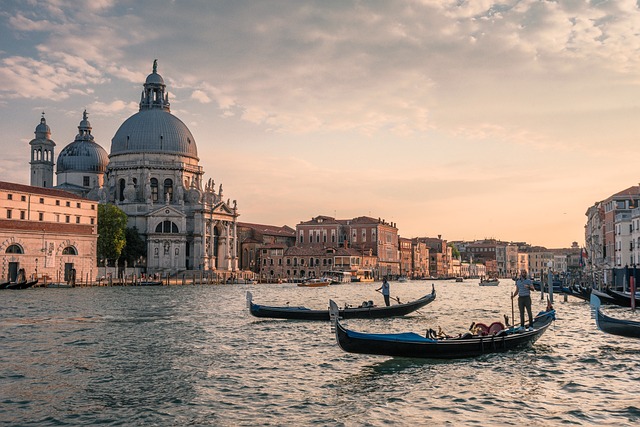
The story behind the vow, the church, and the centuries-old November pilgrimage that still defines Venetian identity Every November 21,

Festa di San Martino in Venice: The Sweetest Day of Noise and Generosity Why Venice turns into a joyful parade

I'm Igor Scomparin. I have been a Venice graduated and licensed tour guide since 1997. I will take you through the secrets, the history and the art of one of the most beautiful cities in the World.